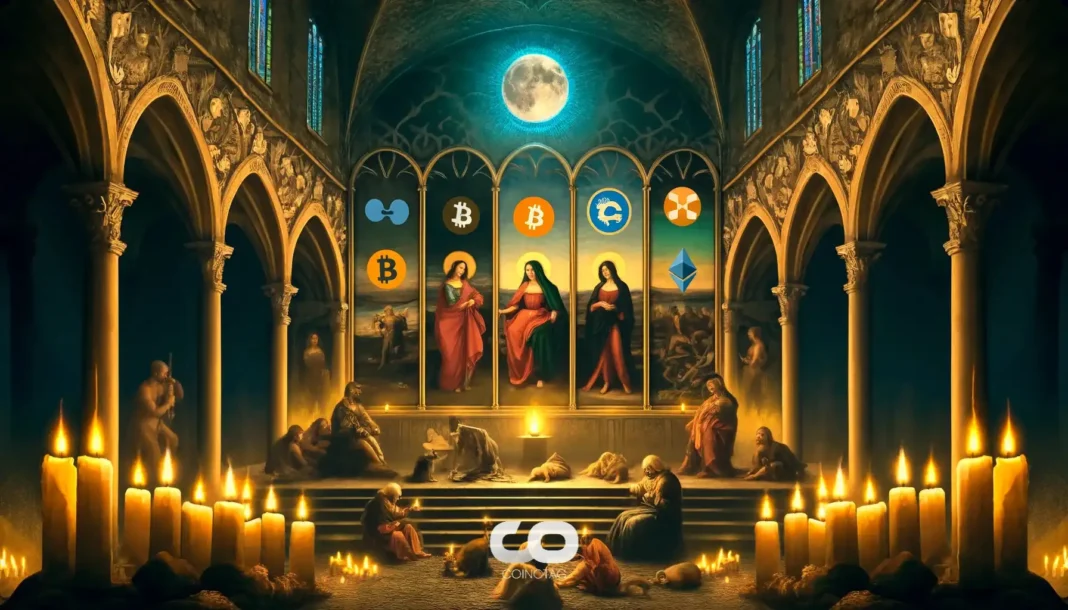-
The Ethereum Foundation recently initiated another significant sale of Ethereum (ETH) tokens, continuing a trend that has raised eyebrows within the crypto community.
-
The latest transaction saw the foundation sell 100 ETH for 336,475 DAI, which underscores ongoing concerns regarding Ethereum’s market performance amidst a broader cryptocurrency rally.
-
According to Vitalik Buterin, the Ethereum Foundation’s founder, this strategy is essential for keeping operational costs low, despite the community’s unease over these sales.
This article explores the Ethereum Foundation’s recent ETH sales, the implications of these actions on market performance, and Vitalik Buterin’s vision for the future.
Ethereum Foundation’s Recent token Sales and Market Impact
The Ethereum Foundation’s decision to sell a second batch of Ethereum tokens within a short time frame raises questions about the long-term strategy of the organization. Following the sale of 100 ETH for 336,475 DAI, this marks the third time they have divested this month, totaling 200 ETH worth approximately $672,000.
This pattern of sales is not just a financial maneuver; it also highlights the ongoing struggles Ethereum faces relative to competitors like Bitcoin and Solana. Currently, Ethereum trades about 31% below its all-time high of $4,878. This divergence from Bitcoin’s substantial increase to nearly $110,000 serves as a reminder of Ethereum’s current standing within the broader crypto landscape.
Community Concerns Over Leadership and Direction
Vitalik Buterin has gained a reputation as an essential figure in Ethereum’s development. However, his recent comments regarding the sale have sparked uncertainty among investors. With leadership changes outlined recently, including a focus on more community engagement, some members of the Ethereum community are questioning whether these changes will be sufficient to address the project’s underperformance.
The Ethereum Foundation’s ongoing sales, regardless of their justification regarding operational necessities, appear to signal a need for a shift. Critics argue that the sale of tokens undermines investor confidence, particularly when the primary function should be development and market stability.
Rethinking Strategy: Can Ethereum Regain Momentum?
The Ethereum Foundation’s recent activities and Ethereum’s inability to keep pace with other cryptocurrencies has ignited discussions about potential futures for the platform. As the foundation restructures, the call for a clearer strategy on token sales and community outreach is stronger than ever. Stakeholders demand clarity and assurance that Ethereum’s value proposition remains robust amidst increasing competition.
Future Outlook: What Lies Ahead for Ethereum?
While the Ethereum community is currently facing challenges, the potential for recovery does exist. If the foundation can effectively communicate its roadmap and align token sales with broader strategic goals, there may still be room for optimism. The pivot towards more engagement and community-centric approaches highlighted by Vitalik might prove crucial in reviving confidence among investors and users alike.
Conclusion
The recent sales of Ethereum tokens by the Ethereum Foundation represent a critical juncture for the cryptocurrency. With ongoing market pressures and the reality of underperforming relative to competitors, the foundation must navigate these challenges carefully. Emphasizing community engagement and establishing transparent operational practices will be essential for restoring faith in Ethereum’s potential. As the crypto landscape evolves, so must the strategies employed by its key players.






